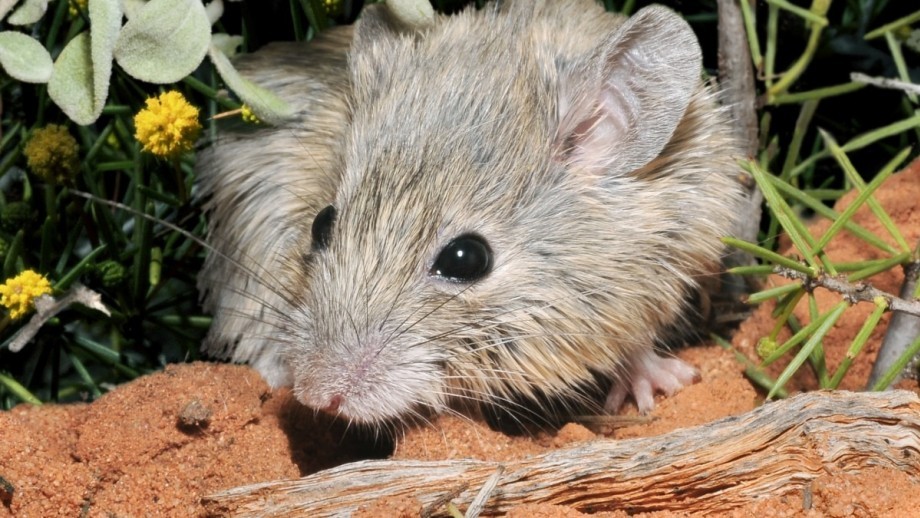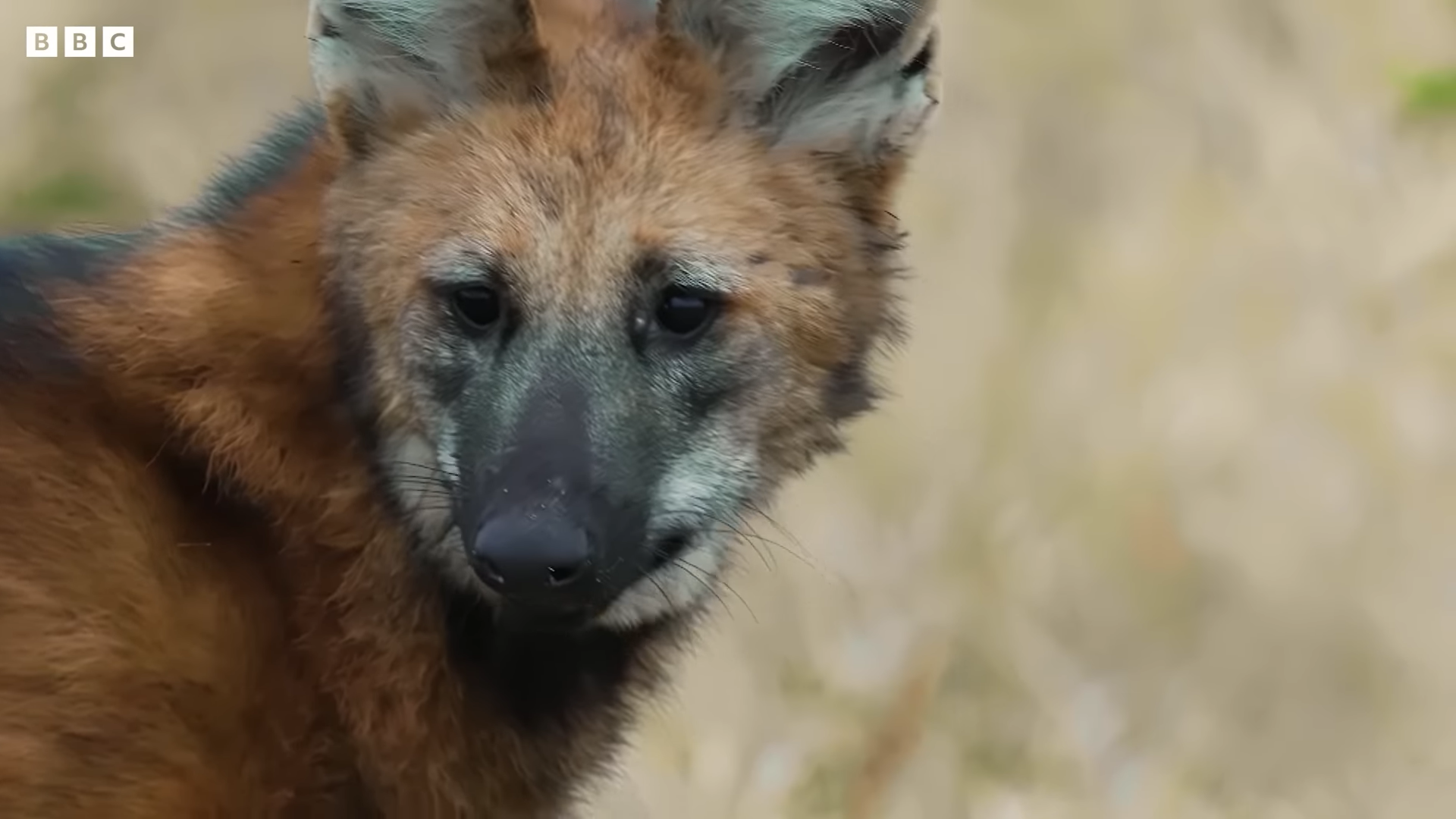The population of the north Atlantic right whales appears to have stabilized at around 350, having fallen from a peak of 483 in just 2010. In 2022 there were 356, down from 364 in just 2021.
Never a highly numerous species (it would appear) around 5500 were taken in the 3 centuries of whaling. The problem now, is that the population is so small that any looses imperil the whole species. Further, given the large amount of boating in the area, many of the remaining individuals have propeller scaring, and collisions are common and occasionally fatal.
Time will tell if this species can recover, though tourism interest is likely to give them a higher value to the local community and may help save the species.
Below is a short 5 minute video from the NOAA (National Oceanic and Atmospheric Administration)
To visit our North atlantic right whale page click here Should you operate in tourism for this species, do get in touch, we would love to help people find you- it costs nothing to be linked, we only take a small cut of any income we find for you. Click on List your wild place at the top of the page, or here


















